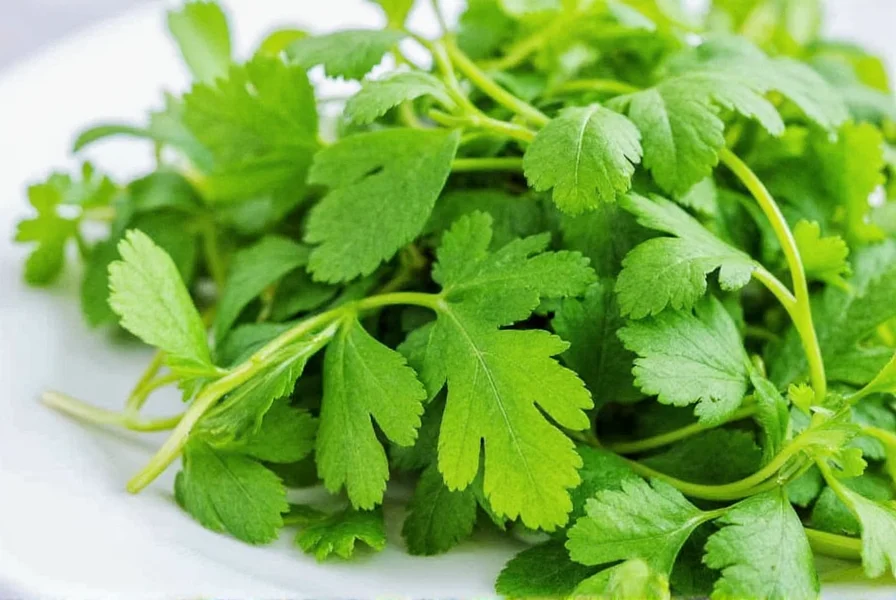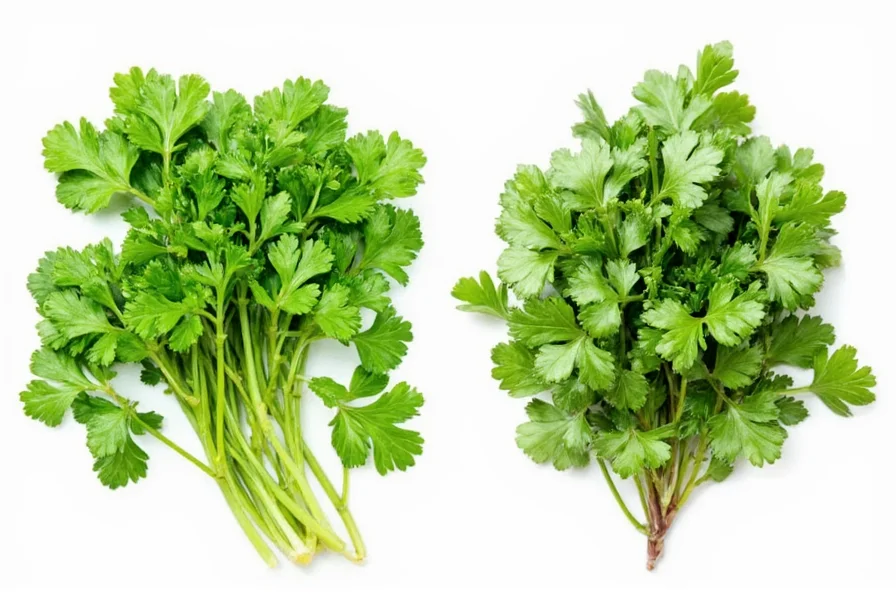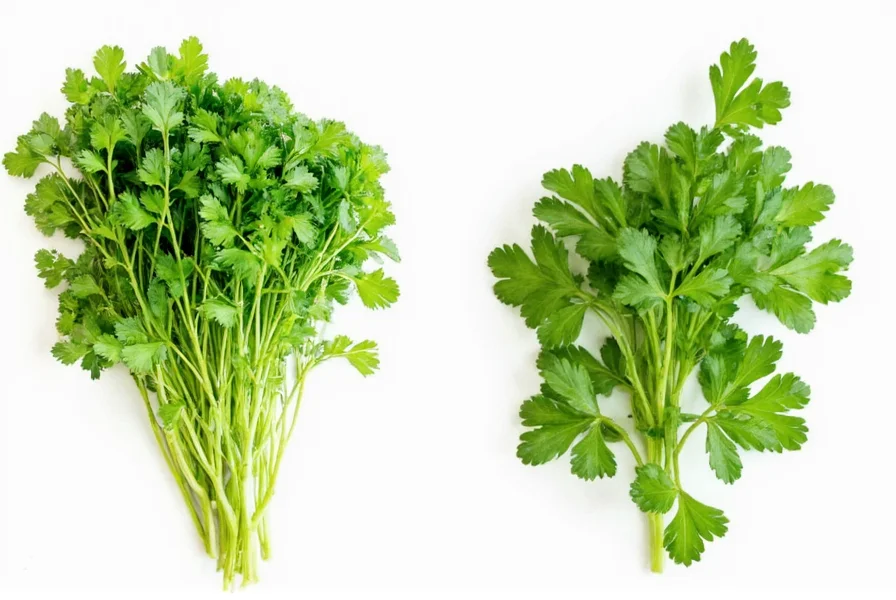Understanding the coriander vs cilantro distinction prevents recipe confusion and expands your culinary knowledge. This common point of confusion stems from linguistic differences rather than botanical ones. Let's explore why the same plant has two names and how this affects cooking worldwide.
The Botanical Reality: One Plant, Two Names
Coriandrum sativum, an annual herb in the Apiaceae family, produces both the fresh green leaves known as cilantro (in American English) and the dried seeds universally called coriander. The plant doesn't change—it's our terminology that varies by region. This naming discrepancy causes frequent confusion when cooks encounter recipes from different English-speaking regions.
Regional Terminology Breakdown
The key to understanding the difference between coriander and cilantro lies in geography:
| Region | Leaves/Stems | Seeds |
|---|---|---|
| United States & Canada | Cilantro | Coriander seeds |
| United Kingdom, Australia, India | Coriander (fresh) | Coriander (dried) |
| Spain, Mexico, Latin America | Cilantro | Coriandero or Cilantro seeds |
This regional variation explains why why is cilantro called coriander in some countries puzzles so many home cooks. When an American chef follows a British recipe calling for "coriander," they might mistakenly reach for coriander seeds rather than the fresh leaves.
Why the Naming Confusion Exists
The word "cilantro" comes from the Spanish term for the plant, while "coriander" entered English through French and ultimately derives from the Greek "koris" (bug), likely referencing the plant's distinctive scent. Spanish-speaking countries adopted "cilantro" for the fresh herb, while British English retained "coriander" for both plant parts, specifying "fresh" or "dried" as needed.
When examining coriander leaves vs cilantro, remember there are zero botanical differences—only linguistic ones. The fresh leaves have a bright, citrusy flavor with soapy notes (for those with the OR6A2 gene variant), while the dried seeds offer warm, citrusy-spicy notes used in curry powders and pickling blends.

Culinary Implications for Home Cooks
Understanding this terminology prevents recipe disasters. When encountering "coriander" in a recipe:
- If the recipe originates from the US/Canada, "coriander" likely means the seeds
- If from the UK/Australia, check context—"fresh coriander" means the leaves
- When in doubt, look for descriptors like "chopped" (leaves) or "ground" (seeds)
For those wondering about substitute for cilantro in recipes, consider that fresh parsley with a squeeze of lime comes closest to cilantro's flavor profile, though no perfect substitute exists. The seeds cannot replace the fresh leaves due to dramatically different flavor profiles and textures.
Common Misconceptions Clarified
Many believe coriander and cilantro are different plants, or that cilantro refers to immature coriander. Neither is true—they're identical plants with regional naming differences. Another misconception involves confusing cilantro with flat-leaf parsley, which looks similar but lacks cilantro's distinctive citrus notes.
When exploring coriander plant parts explained, remember:
- Leaves/stems = cilantro (US) or fresh coriander (UK)
- Dried seeds = coriander seeds (globally)
- Roots = used in Thai cooking, called rากผักชี (rak phak chee) in Thai
- Stems = often chopped with leaves for added flavor in Southeast Asian cuisine

Practical Cooking Guidance
When adapting recipes across regional boundaries, always consider the context. If a British recipe says "sprinkle with coriander," check whether it specifies "fresh" or "dried." In Mexican recipes, "cilantro" always means the fresh herb. For international cooking, developing this awareness prevents flavor disasters.
Understanding the difference between coriander and cilantro becomes particularly crucial when cooking dishes like:
- Indian chutneys (typically use fresh coriander)
- Mexican salsas (call for cilantro)
- British curry recipes (may specify "fresh coriander")
- Middle Eastern dishes like tabbouleh (uses fresh coriander/cilantro)
Final Clarification
Whether you call it coriander or cilantro, you're working with the same vibrant green herb. The distinction exists only in language, not botany. By recognizing these regional naming patterns, you'll navigate international recipes with confidence and avoid ingredient confusion. This knowledge represents essential culinary literacy for anyone exploring global cuisines.
Frequently Asked Questions
Can I substitute dried coriander for fresh cilantro?
No, dried coriander seeds cannot substitute for fresh cilantro leaves. They have completely different flavor profiles and textures. Dried seeds offer warm, citrusy-spicy notes while fresh leaves provide bright, citrusy freshness. For fresh cilantro substitution, try flat-leaf parsley with lime juice.
Why do some people think cilantro tastes like soap?
Approximately 21% of people have a genetic variation (OR6A2 gene) that makes them perceive a soapy flavor in cilantro/coriander leaves. This genetic trait affects how aldehydes in the herb are processed by the olfactory system, creating the soap-like perception while others taste bright citrus notes.
Is there any difference in nutritional value between cilantro and coriander?
The fresh leaves (cilantro/coriander) and dried seeds (coriander seeds) have different nutritional profiles. Fresh leaves are rich in vitamins A, C, and K, while the seeds contain more fiber, iron, and magnesium. Both offer antioxidants, but in different compounds due to their distinct biochemical compositions.
Can I grow cilantro/coriander at home?
Yes, Coriandrum sativum grows easily in containers or gardens. It prefers cool weather and partial sun. Harvest leaves when plants reach 6 inches tall, and allow some plants to flower and produce seeds if you want coriander seeds. Note that the plant bolts (goes to seed) quickly in hot weather, which changes the leaf flavor.
Why do recipes specify 'fresh coriander' in British cookbooks?
British recipes specify 'fresh coriander' to distinguish the leaves from coriander seeds, since both are called 'coriander' in UK English. This clarification prevents confusion, as the seeds would produce completely different results in dishes requiring the fresh herb's bright flavor.











 浙公网安备
33010002000092号
浙公网安备
33010002000092号 浙B2-20120091-4
浙B2-20120091-4